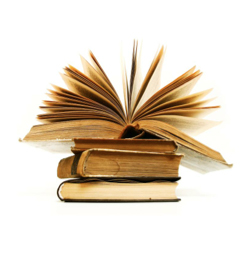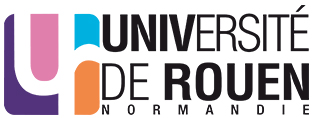Audio Scenes: Sound-Image Integration based on Homeric Rhapsodes Art

Horaire : 16h-18h
Lieu : A 506
Séminaire Axe 2 (2015-2016)
Histoire, théories et pratiques de la traduction (II)
Intervention de Marcus Mota (University of Brasilia, Brazil),
mardi le 20 octobre, à 16 h, salle du CETAS (A 502)
Résumé : Homer’s texts are documents of narrative practice that draw on the relationship between sounds and images to construct imaginary representations for any given audience. Through a dialogue between Philology, Sound Studies and Performance Studies, it is possible to better contextualize this rhapsodic practice. Based on the integration of methodological perspectives, the question of Homeric textuality points out to the production of imaginary representations that articulate sound references and psycho-acoustic parameters. In this paper, after a close textual analysis of Iliad 4. 414-428, we shall be able to explicit how sound and image references are connected: in a face-to-face interaction, the homeric performer (rhapsode) explores his sonological competence not only by building blocks of words, but also by presenting a number of scenes based on how sound is perceived in its auditory attributes as duration, loudness and frequency. These audio scenes express cosmic forces and human deeds by applying auditory attributes to them. Everything is sound in Homer. The main difference is how differences are produced in the combination of auditory attributes, i.e, orchestration.
Moreover rhapsodes had the possibility to emphasize sounds and visual images to varying degrees, without, however, working with exclusions and polar opposites. From a simple sound textural scene to big massive class of warriors, the rhapsode is always working with sounds. The silence of some figures or group of figures was drawn from distinctions within an integrative horizon. There could be more focus on the sound produced or its effects, or what was shown visually. However, it would not be possible to completely eliminate any of the two audovisual dimensions in the narrative. For the inseparability between seeing and hearing was both the assumption behind composition and the aesthetic and expressive limit of composition. In this sense, the concept of ‘audio scene’ is useful to explain the activity of the narrative singer of the Homeric text: with his voice he projects audible references to imaginary figures, actions, places and things selected in two basic sensory arrays: hearing and vision. This immediate accent on sound marks the performative nature of the rhapsode’s activity. Through his heard voice the rhapsode makes the imaginary setting present within his relationship with the audience. The performance takes place both sonically without its vocal articulation and in its receptional modeling. After we have things to hear and reconstruct imaginatively. The articulate sound makes the performer present, and sonically embodies the connection between audience and universes. Thus, the manipulation of psychoacoustic parameters and sound references in Homeric text is created by exchanges in preasentia, connections that link subjects and materials.
Lien : www.brasilia.academia.edu/MarcusMota
Bibliographie : Audio scenes BIBL





